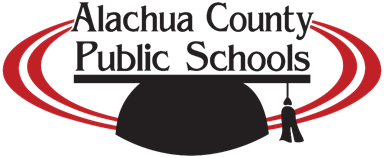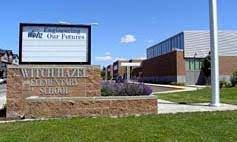Reliable internet, cybersecurity seen as most urgent among 9 E-rate trends – By Matt Zalaznick, District Administration
Discounted E-rate funding remains vital to connecting students and schools to the internet, but more reliable service and cybersecurity are increasingly urgent concerns, an annual trends report finds.
A record 130,418 sites—including schools and libraries—received E-rate funding in 2021, and an overwhelming majority of the respondents said that more students and library users are connected because of the program, according to Funds For Learning‘s 11th annual E-rate Trends Report.
The program funded $1.7 billion in internet and broadband connections and $1.3 billion in Wi-Fi and networking equipment, serving nearly 54 million K-12 students.
Not surprisingly, the survey also revealed that connectivity is now “mission-critical” for schools and libraries with many respondents saying students still do not have adequate internet access at home, said John Harrington, CEO of Funds For Learning.

Florida bucks Biden, strips federal aid from mask mandate schools – By Andrew Atterbury, Politico
The Florida Department of Education this week stripped local school boards of federal aid money over their masking policy, directly defying the Biden administration, which cautioned the state against the sanctions.
Florida officials yanked the federal grant money for Alachua and Broward counties that was meant to offset penalties for enacting a local mask mandate just one day after the U.S. Department of Education warned that the move would violate requirements in federal law, a clear sign that the state and feds are still at odds over Covid-19 policies.
School leaders in Alachua claim the state made the cuts to their October budget before the federal money even arrived, taking funding away from supporting students.
“I am appalled that the state would penalize the district by pulling funding we have not even received,” said Carlee Simon, Alachua County Public Schools superintendent, in a statement Wednesday.

Why 2021 could be the start of a radical change in how Washington influences local schools – By Lillian Mongueu, Hechinger Report
Principal Christy Walters has big plans for her suburban elementary school this year. She wants to build on what she learned last year — better ways to stay in touch with families and help meet their needs, more effective strategies for recruiting and retaining a diverse staff, and new ideas on how to organize lessons to engage students.
“I’m always excited for innovation,” she said. “I’m not too tired for that. That is energizing.”
Witch Hazel Elementary, where Walters has been in charge since 2018, has a student poverty rate of 95 percent and an upbeat staff. Despite worrying about families losing their jobs, students without sufficient food and confusion about how to use remote learning technology, adults here seem proud of how well they’ve survived a difficult year.
“It needs to be done so we just do it,” said Alejandra Castrejon, the school secretary who helped Spanish-speaking families figure out how to use the Wi-Fi hot spots and tablets distributed by the district. “Everybody’s just been ready and willing to help.”

COVID forced students apart. This Queens high school is using art to bring them back together – By Christina Veiga, Chalkbeat
When Ryan Horodecki walks into Voyages Preparatory, a transfer high school for students who have fallen behind and are at risk of dropping out, one of the first things he sees is his self portrait.
The lobby of the Elmhurst, Queens, building, a former factory with floor-to-ceiling windows, is lined with portraits students made in the first weeks of school. Horodecki’s hangs within eyeshot of the entrance.
It shows his face split down the middle, with one half wearing a surgical mask, the other uncovered. In the background is the Brooklyn Bridge, representing his home borough.
“I had first-day of school nerves,” he said of the masked photo he used to create his self-portrait. “And then I was a little bit more open, and I decided to take my mask off. And that’s kind of what I wanted to represent inside my photo.”
After a grueling and often heartbreaking year, when about half of the school’s 250 students learned remotely full time, Voyages Prep faced enormous questions about how to come back together.
School leaders at Voyages searched for their own way to process what they’d been through, to forge personal connections, and to get ready to teach and learn.
The answer they settled on was art.












